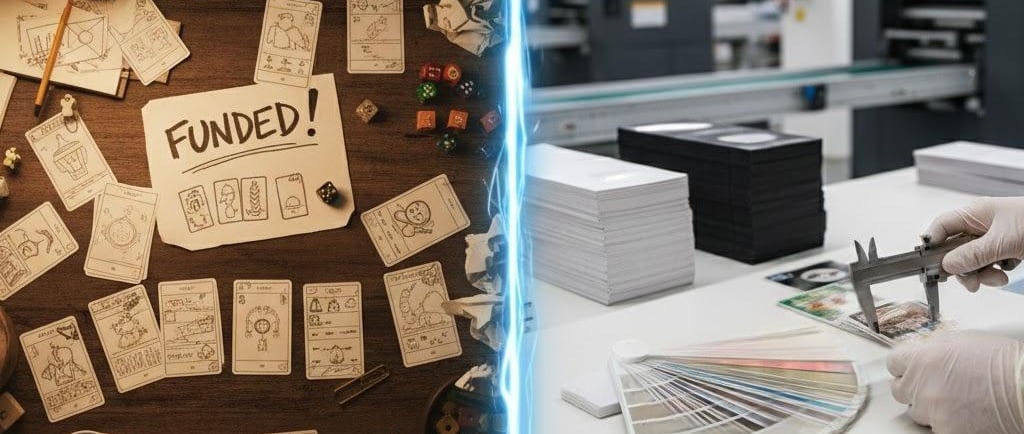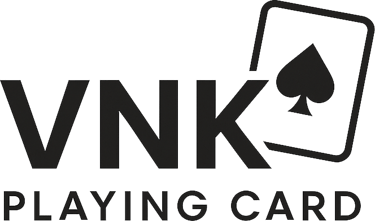Beyond Communication Anxiety: 5 Key Skills for Efficient Collaboration with Your Chinese
Congratulations! Your Kickstarter project is successfully funded. After the celebratory buzz fades, a massive and daunting challenge lies ahead: manufacturing.
BLOG
11/5/20254 min read


Congratulations! Your Kickstarter project is successfully funded. After the celebratory buzz fades, a massive and daunting challenge lies ahead: manufacturing.
You are about to entrust your "baby"—your design files, poured over for countless nights—to a factory halfway across the world, navigating time zones and potential language barriers.
What are your biggest fears? "Will they understand the exact shade of blue I want?" "What if I send 10 emails and only get one reply?" "Could one small misunderstanding result in all my backers receiving the wrong product?"
As a factory that has partnered with numerous KS creators, we understand this anxiety perfectly. The good news is: effective communication is a skill that can be learned.
A truly professional printer (like us) already has a process designed to eliminate chaos. Here are 5 key skills to help you collaborate with your Chinese printer like a seasoned project manager.
Skill 1: Designate a "Single Channel" and "Single Point of Contact"
The biggest source of chaos we’ve seen? The designer sends files via WeChat, the author emails changes from Email A, and a marketing assistant emails contradictory feedback from Email B.
A professional factory will assign you a dedicated Project Manager (PM) from day one. This PM is your "single point of contact," responsible for coordinating all internal production details for your project.
You (the client) must do the same:
Assign a Single Decision-Maker: Make it clear that only one person on your team has the final authority to approve files and make decisions.
Use a Single Channel: Keep all official approvals and file transfers in email. This becomes your "paper trail" and prevents "I thought you said..." arguments if discrepancies arise.
Avoid Chat Apps (WhatsApp/WeChat) for Instructions: They are fine for quick questions ("Did you get the file?"), but not for sending final art or approving samples.
Skill 2: Provide a Perfect "Tech Pack" Before Kick-off
Don't expect your PM to be a mind reader. The clearer your files are when you request a quote or start the project, the smoother the process will be.
Your very first email should include a complete "Tech Pack" (Technical Specifications).
A Bad Request: "Hi, I want to print 1000 sets of cards. How much?"
A Perfect Request: "Hello, Project Name: [XXX Game] Quantity: 1000 units Cards:
Size: 63x88mm (Poker Size)
Count: 54 cards/deck
Stock: 310gsm German Black Core
Finish: Linen Finish Packaging:
Type: 2-Piece Rigid Box
Process: Matte Lamination, Spot UV
Insert: Plastic tray Accessories:
1x Rulebook (Saddle-stitched, 24 pages)"
Why this matters: A perfect tech pack allows your PM to give you an accurate quote and production timeline within 24 hours, instead of wasting a week pulling teeth over email.
Skill 3: Use "Visual Language," Not "Feeling Language"
This is the golden rule for overcoming language barriers. Don't describe a feeling; provide a reference.
Bad Feedback: "This red is too bright. Can you make it 'deeper'?" ("Deeper" is an abstract, unworkable term.) Good Feedback: "Please adjust this red to match Pantone 186 C."
Bad Feedback: "Move the logo to the left a bit." ("A bit" is not a measurement.) Good Feedback: (Attaching a screenshot) "See attached. Please move the logo 5mm to the left, aligning it with the margin."
When approving e-proofs, learn to use screenshots with simple arrows and circles to mark exactly what you want to change. It's clearer than any description and eliminates 100% of misunderstandings.
Skill 4: Understand and Respect the "Sanctity" of the PPC
Before your project enters mass production, you will receive a "PPC" (Pre-Production Copy). This is the "final answer"—a sample made with the final materials and processes.
The purpose of the PPC is not to "see if you like the design" (that should have been finalized at the proofing stage). Its purpose is to "confirm this is the exact and only standard for mass production."
When you receive the PPC, you must:
Check Spelling! This is your last chance.
Check Components: Are the quantities correct? Are the sizes correct?
Check Feel and Color: Is this the final product you want?
Approving the PPC: Once you approve the PPC in writing (email), you have pressed the "Go" button on mass production. Any changes requested after this point will result in massive costs (e.g., thousands of dollars for new molds and plates) and severe delays.
Skill 5: Batch Your Questions (Respect the Time Zone)
You and your PM may only have one hour of overlapping work time due to the time difference. Don't waste it on scattered, piecemeal emails.
Inefficient Communication: 09:00: "Hi Kevin, did you get yesterday's files?" 09:30: "Oh, and can we change the box material?" 10:15: "Forgot to ask, how long will shipping take?" This forces your PM to answer your first question without knowing the next two are coming.
Efficient Communication: During your workday, compile all your questions into a single document. Send one email with a clear, numbered list before your PM's day begins.
"Hi Kevin, I have 3 questions regarding project [XXX]:
Are yesterday's files (v1.3) confirmed and ready for sampling?
If we change the box finish from 'matte' to 'gloss,' what is the impact on cost and timeline?
Please provide a DDP sea freight estimate to our US warehouse (Zip Code XXXXX)."
This way, your PM can focus and resolve all your issues at once during their workday. You will wake up to a complete set of answers, not a confusing chain of replies.
Conclusion: Communication Itself Is a Form of Manufacturing
Communicating with a Chinese factory is, in essence, the act of "manufacturing" a consensus.
By choosing a factory with a professional PM team and a transparent process (like us), you've already won half the battle for your KS project. You don't need to be a manufacturing expert; you just need to be a clear, organized partner.
Are you ready to launch your project the professional way?
Add: Dongci Industrial estate, Shijie Town, Dongguan City, Guangdong Province, China 52300
Copyright 2025 © Dongguan VNK Playing Card Co., Ltd. All Rights Reserved.
CONTACT US
Email: info@vnkplayingcard.com
PRODUCTS
QUICK LINKS


